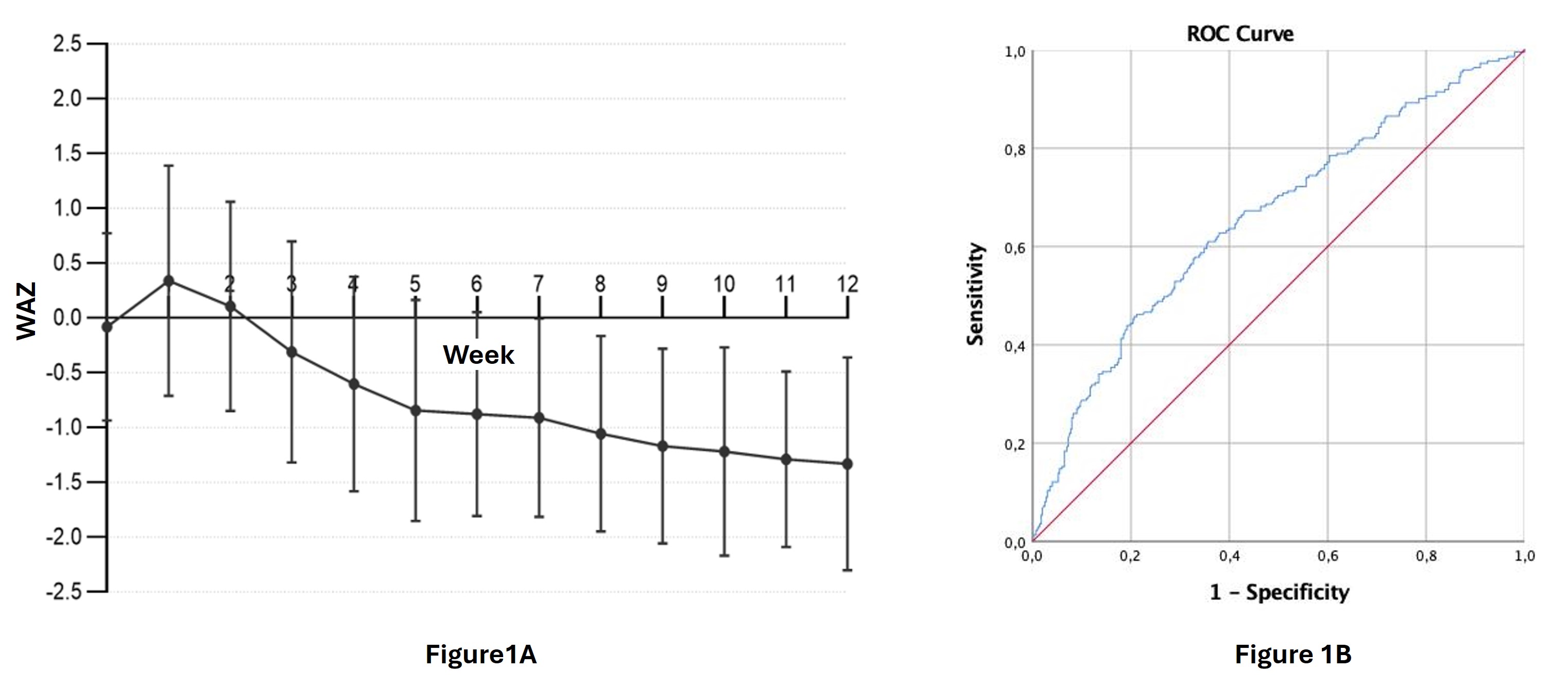Neonatal Fetal Nutrition & Metabolism 4
Session: Neonatal Fetal Nutrition & Metabolism 4
652 - Congenital Diaphragmatic Hernia: A Nutritional Challenge in Wich Caloric Intake Plays the Starring Role
Monday, April 28, 2025
7:00am - 9:15am HST
Publication Number: 652.4508
Grisell Villarreal, Hospital del Niño Dr. José Renán Esquivel, Ciudad De Panama, Panama, Panama; Valeria De Toro, Pontificia Universidad Catolica de Chile, Santiago de Chile, Region Metropolitana, Chile; Matias Luco, Pontificia Universidad Católica de Chile, Santiago, Region Metropolitana, Chile; Claudia Garrido, Hospital Clinico UC Christus, Santiago, Region Metropolitana, Chile

Valeria De Toro, MD (she/her/hers)
Instructor
Pontificia Universidad Catolica de Chile
Santiago de Chile, Region Metropolitana, Chile
Presenting Author(s)
Background: Congenital diaphragmatic hernia (CDH) is one of the most challenging neonatal diseases with high morbidity, mortality, and frequent nutritional complications. Optimal strategies and factors to improve nutritional outcomes are not clearly defined.
Objective: To analyze growth patterns in infants with CDH during neonatal hospitalization and to identify nutritional practices and disease-related factors associated with nutritional outcomes.
Design/Methods: Retrospective cohort study of infants with CDH undergoing repair at a single center between 2018 - 2023. Weekly anthropometric measurements of weight, length, and head circumference (HC) were collected. The relationship between changes in weight-for-age z-score deltas (ΔWAZ) during hospitalization and factors such as daily caloric-protein intake, timing of parenteral and enteral nutrition, and disease-related variables were analyzed.
Results: A total of 117 infants were included. Significant declines in anthropometric z-scores were observed from birth to discharge, including decreases in ΔWAZ (-1.13±0.72, p< 0.001) [Figure 1A], length-for-age z-score delta (-1.61±1.15, p< 0.001), and HC-for-age z-score delta (-1.53±1.16, p< 0.001). The frequency of infants with WAZ ≤-2.0 increased from 4.3% to 19.7%. A caloric intake exceeding 119 kcal/kg/day predicted positive ΔWAZ (AUC 0.66, 80% specificity, NPV 71.4%) [Figure 1B]. In the linear mixed-effects model, higher caloric intake (coef. 0.005, 95% CI 0.003-0.008) and predominant nasogastric tube (NGT) feeding at discharge (coef. 0.103, 95% CI 0.004-0.202) were independently and positively associated with ΔWAZ. No association was found with protein intake, PN and EN instauration times, and disease-associated factors.
Conclusion(s): Infants with CDH experience significant anthropometric decline, with a fourfold increase in malnutrition from birth to neonatal discharge. However, higher caloric intake and NGT feeding were independently associated with better nutritional outcomes. Caloric intake >119 kcal/kg/day will likely result in a positive ΔWAZ.
Figure 1A. Decrease in WAZ from birth to neonatal discharge. Figure 1B. ROC curve of positive ΔWAZ with caloric intake >119 kcal/kg/day.


